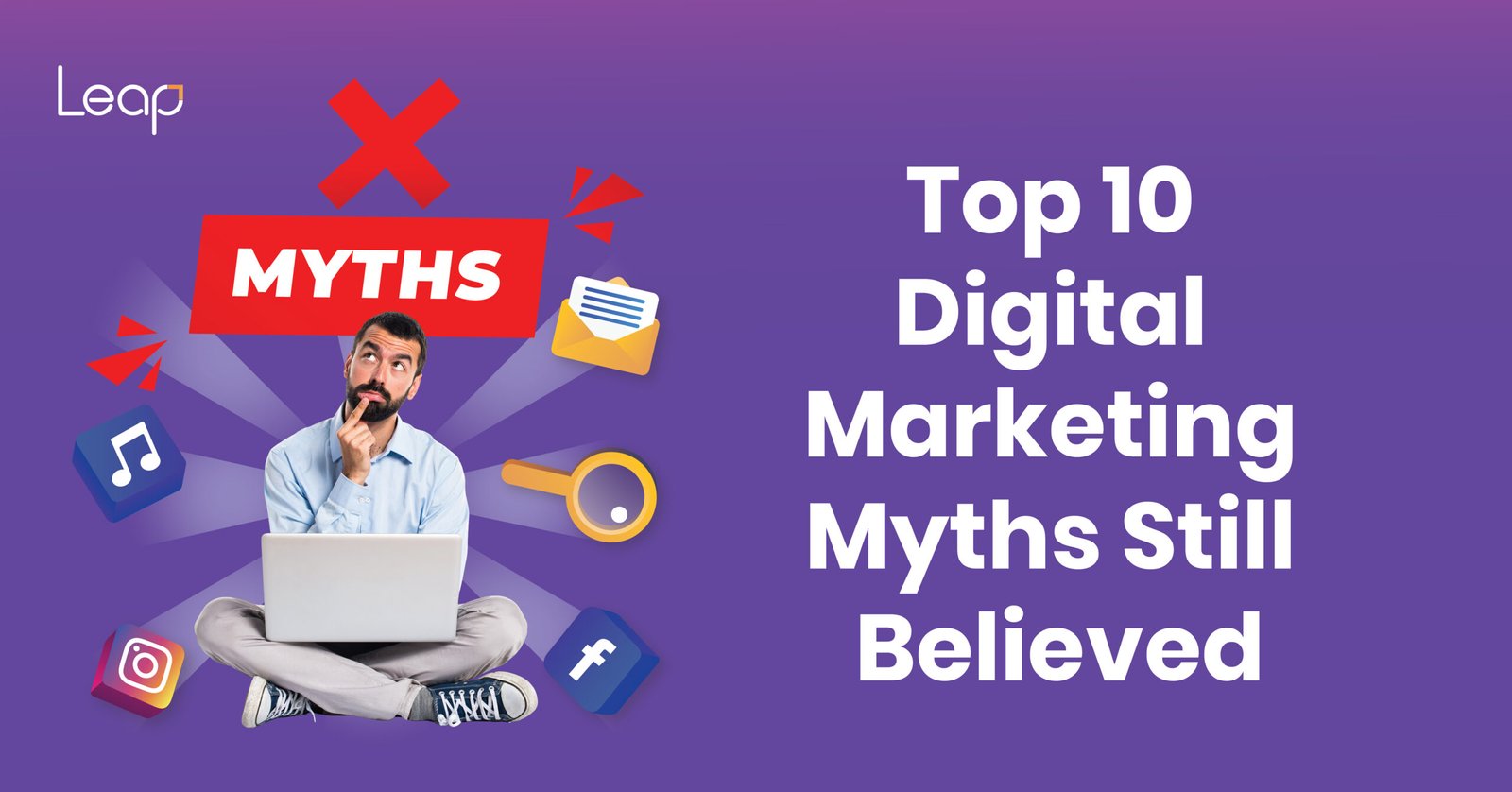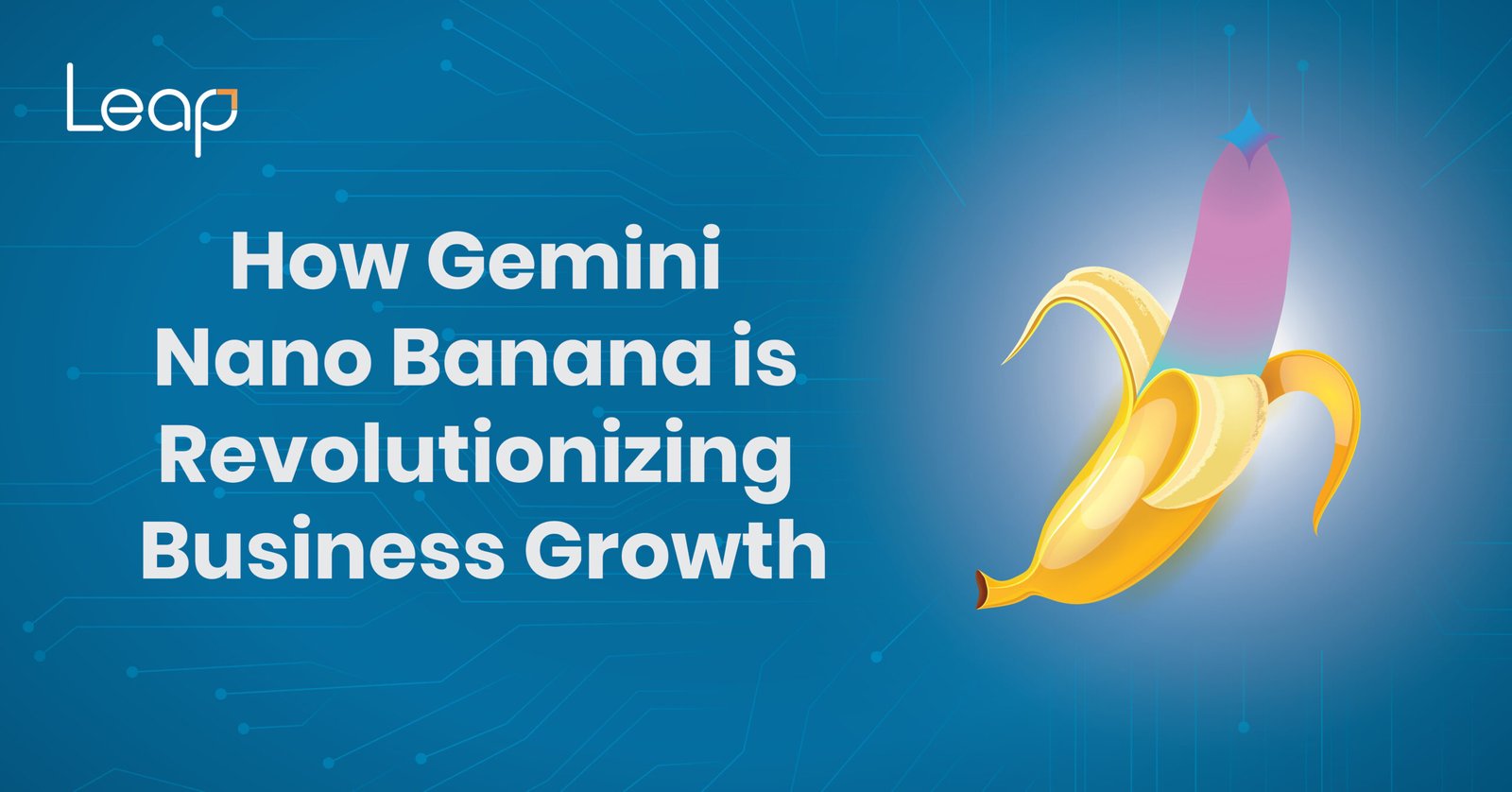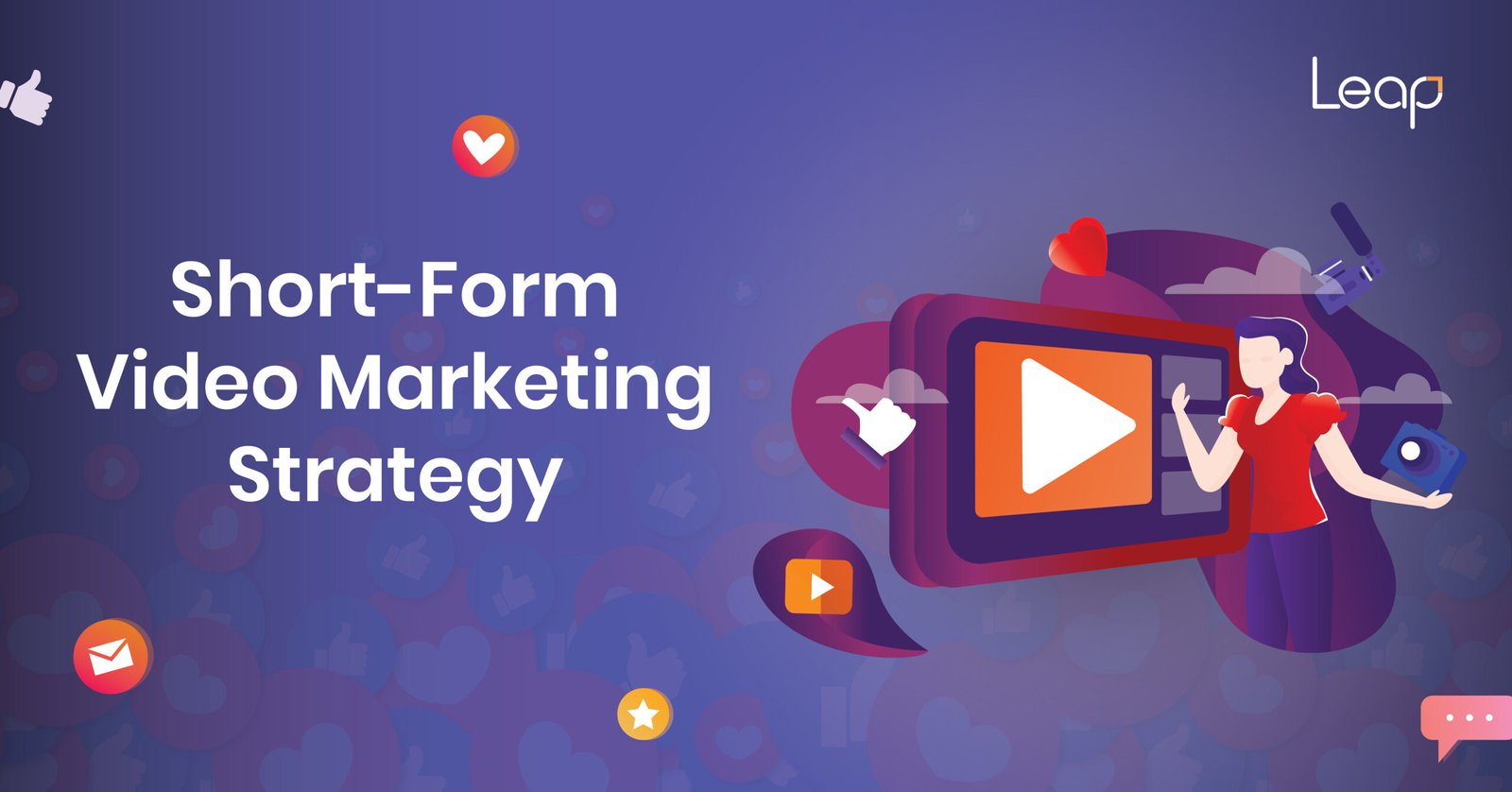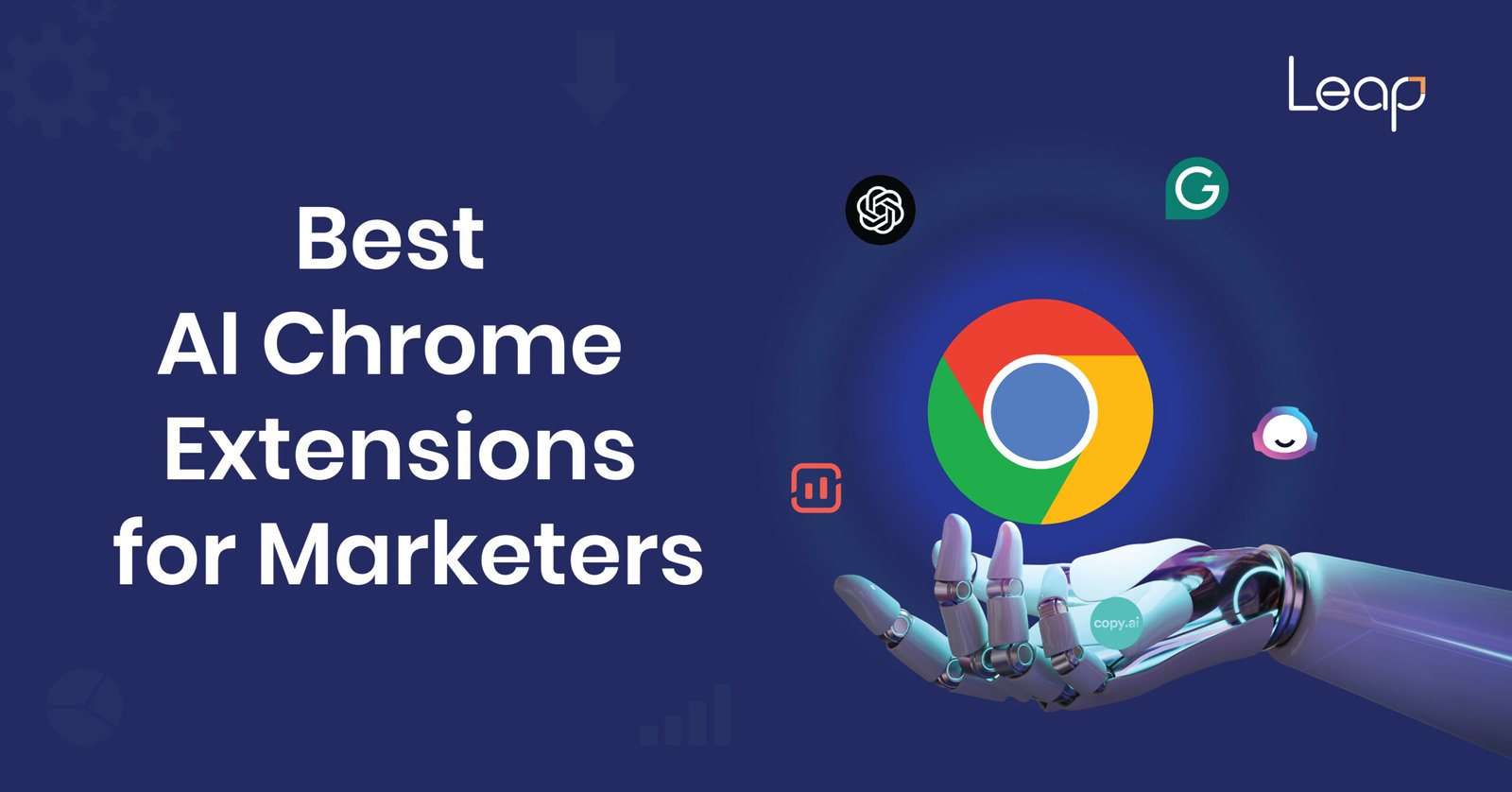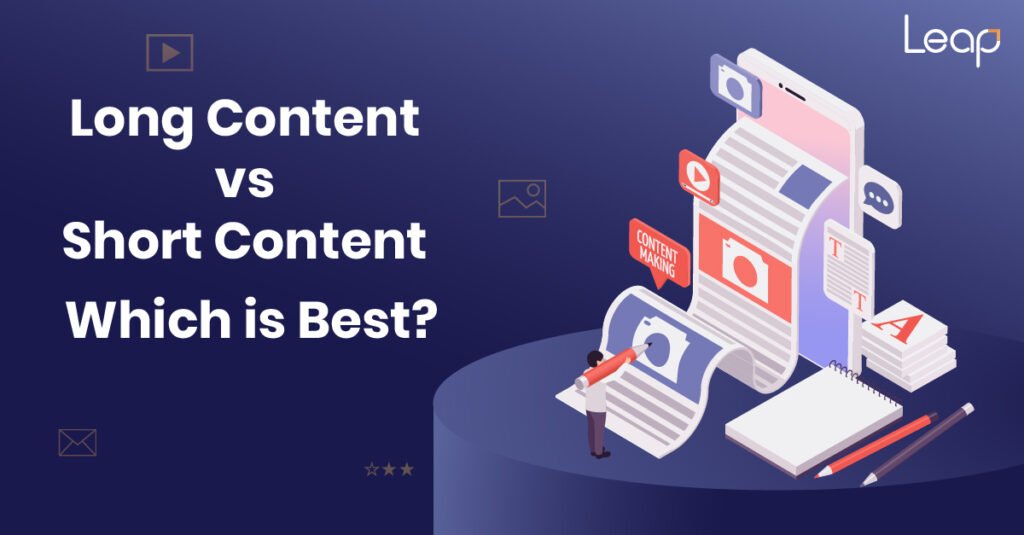
In the dynamic world of digital marketing, content is king, but its reign is constantly shaped by evolving audience preferences and algorithmic shifts. Marketers are perpetually grappling with a fundamental question: Should we prioritize long-form content or short-form content? This isn’t a simple either/or proposition; rather, it’s about understanding the unique strengths of each, recognizing current trends, and strategically integrating both into a cohesive content marketing strategy that resonates with your target audience and achieves your business objectives.
Long-form content generally refers to comprehensive, in-depth pieces that delve deeply into a topic. This can include extensive blog posts (typically over 1,200 words, often exceeding 2,000 words), detailed guides, whitepapers, e-books, comprehensive case studies, and long-form videos (over 10 minutes). Its primary goal is to provide exhaustive information, establish authority, and capture organic search traffic.
Short-form content is designed for quick consumption and immediate impact. This encompasses concise blog posts (under 1,200 words), social media updates, infographics, short videos (under 10 minutes, often 15-60 seconds like Reels or TikToks), memes, quick tips, and email snippets. Its strength lies in its ability to grab attention rapidly, encourage sharing, and drive quick engagement, particularly on mobile devices and social platforms.
In today’s fast-paced digital landscape, both forms hold significant relevance. The rise of short-form video platforms like TikTok and Instagram Reels suggests a preference for quick, digestible content, while search engines continue to reward comprehensive, authoritative long-form pieces. This article will dissect the benefits of each, guide you on when to deploy them, analyze current consumption trends, and offer actionable insights for balancing long-form vs short-form content in your marketing efforts.
The Benefits of Long-Form Content
Long-form content remains a powerhouse in the content marketing strategy for several compelling reasons, primarily due to its profound impact on SEO, its ability to foster deeper engagement, and its role in establishing undeniable brand authority.
1.SEO Advantages: The Organic Traffic Magnet
Google and other search engines consistently favor content that provides comprehensive value and thoroughly addresses user intent. Longer, in-depth articles naturally incorporate more keywords (including long-tail variations), cover topics more extensively, and tend to earn more backlinks – all critical ranking factors.
Higher Search Rankings:
Studies consistently show a correlation between content length and higher search rankings. For instance, research by Backlinko revealed that top-ranking articles on Google have an average length of around 1,890 words. This isn’t just about word count; it’s about the depth of information that longer content allows.
More Opportunities for Keyword Integration:
A longer article provides ample space to naturally integrate a wider variety of relevant keywords (primary, secondary, and long-tail) without resorting to keyword stuffing. This allows the content to rank for a broader spectrum of search queries.
Increased Backlink Potential
High-quality, comprehensive long-form content is more likely to be cited, shared, and referenced by other authoritative websites. These backlinks act as powerful votes of confidence, significantly boosting your website’s domain authority and further improving SEO performance. A study found that articles over 2,000 words received an average of 42 linking domains, compared to 15 for articles between 501-1000 words.
Evergreen Content:
Well-researched, in-depth long-form content often remains relevant for extended periods, continuing to drive organic traffic long after its publication. This “evergreen” nature provides a sustained return on investment.
2.Deeper Engagement Metrics: Capturing Attention
While short-form content excels at quick attention grabs, long-form content is designed to hold attention and foster deeper engagement.
Increased Time on Page
When users find comprehensive answers to their questions, they spend more time consuming the content. This increased “dwell time” signals to search engines that your content is valuable and relevant, contributing to higher rankings.
Lower Bounce Rates
Users are less likely to “bounce” (leave your site quickly) if they find a wealth of relevant information that keeps them engaged and encourages further exploration through internal links.
Higher Conversion Potential
For complex products, services, or decision-making processes, long-form content provides the necessary detail, trust, and persuasive arguments to guide users through the buyer’s journey, leading to higher conversion rates. It allows for more thorough storytelling and addressing potential objections.
3.Authority Building: Establishing Thought Leadership
Long-form content is the ultimate tool for positioning your brand as an expert and thought leader in your industry.
Demonstrates Expertise:
When your content thoroughly addresses a subject, offering detailed explanations, unique insights, and comprehensive analysis, it showcases your deep knowledge and expertise (the “E” in Google’s E-E-A-T guidelines).
Builds Trust and Credibility:
Providing valuable, well-researched information builds trust with your audience. They come to view your brand as a reliable and authoritative source, fostering loyalty and repeat visits.
Supports Sales and Marketing Funnels:
Long-form content, such as whitepapers or e-books, can serve as valuable lead magnets, capturing contact information from interested prospects at various stages of the sales funnel.
Case Study Example:
HubSpot’s extensive blog and resource library is a prime example. Their in-depth guides on inbound marketing, SEO, and sales strategies have positioned them as an undeniable authority, driving massive organic traffic and directly supporting their software sales. Similarly, financial sites like NerdWallet leverage long-form guides on mortgages, credit cards, and investments to build trust and guide users through complex financial decisions.
The Benefits of Short-Form Content
While long-form content builds authority and drives organic search, short-form content plays an equally crucial role in today’s fast-paced digital ecosystem. Its power lies in its immediate impact, high shareability, and adaptability across various platforms, especially social media.
1. Quick Consumption and High Accessibility
In an era of shrinking attention spans and information overload, short-form content is perfectly tailored for modern consumption habits.
Instant Gratification:
Users can quickly grasp the core message without a significant time commitment. This is ideal for on-the-go consumption, during commutes, or in brief moments of downtime.
Mobile-Friendly by Design:
Short-form content, particularly videos, is inherently optimized for mobile viewing, which aligns with the fact that a significant portion of content consumption now happens on smartphones.
Easier to Digest and Remember
Concise, focused messages are easier for the audience to absorb and retain, making them highly memorable. This is why quick tips, infographics, and short, impactful videos perform so well.
2. High Shareability and Viral Potential
The brevity and punchiness of short-form content make it inherently shareable, giving it significant viral potential.
Rapid Dissemination:
Users are more likely to share content that is quick to watch or read, as it requires less effort from their network to consume. This rapid sharing can lead to exponential reach.
Social Media Optimization:
Platforms like TikTok, Instagram Reels, and YouTube Shorts are designed to favor short-form video content. Their algorithms often boost engaging short videos, increasing their chances of going viral and attracting new followers. Short-form videos offer the highest return on investment (ROI) for many marketers on social media.
Trend Participation:
Short-form video formats, especially on platforms like TikTok, thrive on trends and challenges. Brands can quickly create content around these trends, increasing their visibility and relevance.
3. Social Media Impact and Community Building
Short-form content is the lifeblood of social media engagement and can be a powerful tool for community building and brand personality.
Trend Participation:
Short-form content is the lifeblood of social media engagement and can be a powerful tool for community building and brand personality.
Brand Personality Showcase:
Short-form content allows brands to showcase their personality, humor, and authenticity in a relatable way. This humanizes the brand and fosters a stronger connection with the audience. Think of brands like Duolingo on TikTok, known for their humorous and quirky short videos that teach language lessons in an engaging way.
Driving Awareness and Reach:
Short-form content is excellent for top-of-funnel marketing, introducing your brand to a wide audience and sparking initial interest.
Cost-Effectiveness (Often):
While high-quality production can be costly for any content, many forms of short-form content (e.g., social media posts, quick tips, simple infographics) can be produced more quickly and with fewer resources than extensive long-form pieces.
Case Study Example:
Wendy’s on Twitter is a classic example of successful short-form content. Their witty, often “savage” replies and playful banter with followers and competitors have earned them a massive, engaged following and significant brand recognition through concise, impactful text. In video, fitness brands use 30-second workout snippets on Instagram Reels to build community and drive traffic, while beauty brands use quick tutorials to highlight products in action, leading to increased sales and engagement.
When to Use Long-Form vs. Short-Form Content: A Strategic Balance
The key to a successful content marketing strategy in today’s landscape isn’t choosing one over the other, but understanding when and how to leverage both long-form content and short-form content to achieve specific marketing objectives and cater to diverse audience needs.
When to Use Long-Form Content:
Long-form content is ideal for:
Establishing Authority and Thought Leadership:
When you want to position your brand as an expert in a complex or niche topic.
Example: A cybersecurity firm publishing a 5,000-word whitepaper on “Advanced Threat Detection in Cloud Environments.”
Educating Your Audience Deeply:
For complex topics that require detailed explanations, step-by-step guides, or comprehensive analysis.
Example: A software company creating a detailed “User Manual” or “Troubleshooting Guide” for their product.
Generating Qualified Leads:
When you need to nurture leads through the middle and bottom of the sales funnel, providing the detailed information necessary for a purchase decision.
Example: A B2B SaaS company offering an e-book on “Optimizing Your Sales Pipeline with AI” in exchange for an email address.
Building Strong Backlinks:
When you create a definitive resource that other industry websites will naturally want to link to.
Example: A marketing agency publishing original research on “The State of Digital Advertising in 2025” with unique data and insights.
Storytelling and Brand Building:
For narratives that require depth and emotional connection.
Example: A non-profit organization producing a mini-documentary about the impact of their work.
When to Use Short-Form Content:
Short-form content is best suited for:
Increasing Brand Awareness and Reach:
When you want to quickly introduce your brand to a broad audience and capture initial attention.
Example: A new clothing brand launching a series of 15-second “Outfit of the Day” Reels on Instagram and TikTok.
Driving Quick Engagement and Virality:
For content designed to be highly shareable and spark immediate interaction on social media.
Example: A restaurant posting a short, visually appealing video of a new dish being prepared, encouraging comments and shares.
Announcements and Updates:
For conveying timely information, news, or promotions rapidly.
Example: An e-commerce store announcing a flash sale via a quick social media post or an email snippet.
Teasers and Hooks:
To pique interest and drive traffic to longer-form content.
Example: A blog publishing a 30-second video on social media summarizing key takeaways from their latest in-depth article, with a “Link in Bio” CTA.
Mobile-First Consumption:
For audiences primarily consuming content on their smartphones, where quick, digestible formats are preferred.
Example: A fitness app creating short workout snippets for users to follow on the go.
Showcasing Personality and Authenticity:
To humanize your brand and connect with your audience on a more personal level.
Example: A small business owner sharing a quick, unscripted “behind-the-scenes” moment on Instagram Stories.
Customer Service and FAQs:
For quick answers to common questions or brief instructional tips.
Example: A tech company creating short video tutorials for specific features of their software.
Industry-Specific Examples:
E-commerce:
- Long-Form: Comprehensive buying guides for complex products (e.g., “Ultimate Guide to Choosing a DSLR Camera”).
- Short-Form: Product demo Reels, flash sale announcements, “unboxing” videos on social media.
B2B SaaS:
- Long-Form: Whitepapers on industry challenges, in-depth case studies, detailed “how-to” guides for software features.
- Short-Form: LinkedIn posts with quick industry insights, short explainer videos of a single feature, Twitter threads summarizing a new report.
Healthcare:
- Long-Form: Detailed articles on specific medical conditions, comprehensive guides to wellness practices.
- Short-Form: Infographics with health tips, short videos debunking common health myths on social media.
The optimal strategy involves a blend. Long-form content builds the foundation of authority and organic search presence, while short-form content acts as the agile, highly shareable amplifier, driving awareness and engagement across social channels.
Current Trends and Audience Preferences
The digital landscape is a constantly shifting terrain, and understanding current trends in content consumption and evolving audience preferences is crucial for any effective content marketing strategy. What worked yesterday might not be as effective today, necessitating a flexible and adaptive approach to long-form vs short-form content.
1. The Dominance of Short-Form Video
Perhaps the most significant trend is the continued explosion of short-form video. Platforms like TikTok, Instagram Reels, and YouTube Shorts have fundamentally altered how people consume content, especially among younger demographics.
Attention Span Trends:
While the notion of a universally shrinking attention span is debated, the preference for quick, digestible content is undeniable. Users are accustomed to rapidly scrolling through feeds, making the first few seconds of any video or headline critical.
Ubiquity and Accessibility
Smartphones have made on-the-go consumption the norm. Short-form videos are ideal for quick viewing during brief moments of downtime (e.g., waiting in line, commuting).
Algorithm Prioritization:
As noted earlier, social media algorithms heavily favor short-form video content that garners quick engagement, amplifying its reach and potential for virality. Coursera’s 2025 marketing trends report states that 21% of marketers find short-form video to have the highest ROI.
Authenticity and Relatability
Many successful short-form videos thrive on raw, unfiltered moments and a sense of authenticity, fostering a deeper connection with viewers than highly polished, long-form productions.
Implications for Marketers:
This trend means marketers must invest in short-form video production. This doesn’t always require high budgets; often, authenticity and creativity trump production value. Repurposing snippets of long-form content into engaging short videos is a smart strategy.
2. The Rise of AI in Content Creation
Artificial intelligence (AI) is rapidly transforming content production, impacting both long-form and short-form content.
Efficiency and Volume:
AI tools can assist with content ideation, outlining, drafting, and even generating complete pieces, significantly increasing content production volume and efficiency. HubSpot’s 2025 report indicates 92% of marketers state AI has impacted their role, with 42% prioritizing AI for content creation and ideation.
Personalization:
AI can help analyze audience data to create more personalized content, tailoring messages to specific segments.
Content Optimization:
AI-powered tools can optimize content for SEO, readability, and engagement, ensuring higher quality output for both lengths.
Implications for Marketers:
Marketers need to embrace AI as a tool to enhance their content creation process, not replace human creativity. It can free up time for strategic thinking, deeper research, and more creative execution, allowing for a more robust content calendar spanning both long and short forms.
3. Continued Demand for In-Depth Information
Despite the rise of short-form content, the need for comprehensive, authoritative information has not diminished. When users have specific, complex questions or are in the research phase of a purchase, they still turn to long-form content.
Search Intent:
Google’s algorithms are increasingly sophisticated at understanding user intent. For informational queries, users often seek detailed answers that only long-form content can provide.
Trust and Authority:
As discussed, long-form content is crucial for building trust and establishing thought leadership. In an age of misinformation, users actively seek out reliable, in-depth sources.
Niche Dominance:
To truly dominate a niche, comprehensive coverage through long-form content is indispensable.
Implications for Marketers:
Don’t abandon long-form content. Instead, focus on making it exceptionally well-researched, clearly structured, and easy to navigate. Think of long-form as your “pillar” content that provides the foundational knowledge, while short-form acts as the “spokes” that drive traffic to these pillars.
4. Interactive and Immersive Experiences
Users are increasingly drawn to interactive content formats that go beyond passive consumption.
Quizzes, Polls, Calculators:
These can be integrated into both long-form (e.g., within a guide) and short-form (e.g., social media stories) content to boost engagement.
Augmented Reality (AR) and Virtual Reality (VR):
While still nascent for most content marketing, AR/VR offers immersive experiences that can be particularly powerful for product demonstrations or virtual tours.
Implications for Marketers
Experiment with interactive elements to make your content more engaging and memorable.
In summary, current audience preferences lean towards quick, authentic, and visually rich short-form content for discovery and immediate engagement, especially on social media. Simultaneously, there’s an enduring demand for comprehensive, authoritative long-form content for in-depth learning and trust-building. Marketers must strategically blend these approaches to create a holistic content marketing strategy that caters to the full spectrum of user needs and consumption habits.
Conclusion: Balancing Your Content Ecosystem for Optimal Results
The debate between long-form vs short-form content is not a zero-sum game. In today’s multifaceted digital landscape, both content formats are indispensable components of a successful, holistic content marketing strategy. The key lies not in choosing one over the other, but in understanding their distinct strengths, aligning them with specific marketing objectives, and strategically integrating them to create a synergistic content ecosystem.
Long-form content remains the bedrock for establishing topical authority, driving sustainable organic search traffic, and fostering deep user engagement. It’s where you demonstrate your expertise, provide comprehensive answers to complex questions, and build lasting trust with your audience. Think of it as the deep roots of your content tree, providing stability and nourishment.
Conversely, short-form content acts as the agile, highly shareable amplifier. It’s your tool for rapid brand awareness, quick consumption on mobile and social platforms, and sparking immediate engagement. It’s the vibrant leaves and branches of your content tree, capturing sunlight and spreading your message far and wide.
Actionable Insights for Marketers:
1. Define Your Goals First:
Before creating any content, clearly define your objectives. Are you aiming for brand awareness (short-form), lead generation (often long-form), or authority building (long-form)?
2. Know Your Audience and Their Journey:
Understand where your audience spends their time online and what type of content they prefer at different stages of their buyer’s journey. Short-form for discovery, long-form for research and decision-making.
3. Embrace Content Repurposing:
Maximize the ROI of your long-form content by breaking it down into numerous short-form pieces. A comprehensive guide can become dozens of social media posts, Reels, infographics, and email tips. This is a highly efficient way to feed both content appetites.
4. Prioritize Quality Over Quantity (Always):
Whether long or short, content must be high-quality, valuable, and relevant. Poorly executed content, regardless of length, will not yield results.
5. Utilize Diverse Platforms Strategically:
Deploy long-form content on your blog, website, and YouTube for SEO and in-depth learning. Leverage short-form content on social media platforms like Instagram, TikTok, and LinkedIn for rapid engagement and reach.
6. Analyze and Adapt:
Continuously monitor your content’s performance using analytics. Which formats drive the most engagement? Which attracts the most traffic? Be agile and willing to adjust your strategy based on data.
By thoughtfully balancing long-form vs short-form content, marketers can create a robust and dynamic content strategy that not only meets current audience preferences but also positions their brand for long-term success in the ever-evolving digital landscape. This dual approach ensures you capture attention at every touchpoint, build lasting relationships, and ultimately, drive meaningful business outcomes.
Ready to Optimize Your Content Strategy?
Navigating the complexities of long-form vs short-form content and crafting a winning content marketing strategy requires expertise, insight, and a deep understanding of digital trends. At Leapfrogging (www.leapmarcom.com), we specialize in helping businesses like yours develop comprehensive content strategies that deliver measurable results.
Our team of seasoned digital marketing professionals can assist you in:
- Identifying the optimal balance of content lengths for your specific goals and audience.
- Creating high-quality, SEO-optimized long-form content that establishes your authority.
- Developing engaging, shareable short-form content that amplifies your reach.
- Implementing a robust content repurposing framework.
- Analyzing performance and continuously refining your strategy for maximum impact.
Don’t leave your content marketing to chance. Partner with experts who understand what’s working now and what will work tomorrow. Visit www.leapmarcom.com today to explore our full suite of digital marketing services and elevate your content strategy to the next level.
Frequently Asked Questions (FAQs)
While definitions can vary slightly, generally:
- Long-form content refers to text-based content over 1,200 words (often 2,000+ words) and video content over 10 minutes.
Short-form content refers to text-based content under 1,200 words (often under 500 words) and video content under 10 minutes (often 15-60 seconds for social media platforms).
Long-form content generally has more SEO advantages. Its depth allows for more natural keyword integration, comprehensive topic coverage, and a higher likelihood of attracting backlinks, all of which contribute to higher search engine rankings. However, short-form content can also contribute to SEO by driving social signals and acting as a hook to draw users to your longer, authoritative pieces.
Yes, short-form content, particularly short-form video on platforms like TikTok and Instagram Reels, has a higher potential for virality. Its quick consumption nature, high shareability, and algorithmic prioritization on social media platforms make it easier for short, engaging pieces to spread rapidly and reach a massive audience.
Repurposing is a highly effective strategy. You can:
- Extract key statistics, quotes, or actionable tips from a long article for social media posts.
- Turn sections of a long blog post into short explainer videos or animated infographics.
- Create short video snippets from a long webinar or interview.
- Design infographics that summarize the main points of a white paper.
- Develop a series of email tips from a comprehensive guide.
No, focusing solely on short-form content would be a mistake. While short attention spans are a factor for initial engagement, users still seek in-depth, authoritative information for complex topics or when making significant decisions. A balanced strategy that uses short-form content


